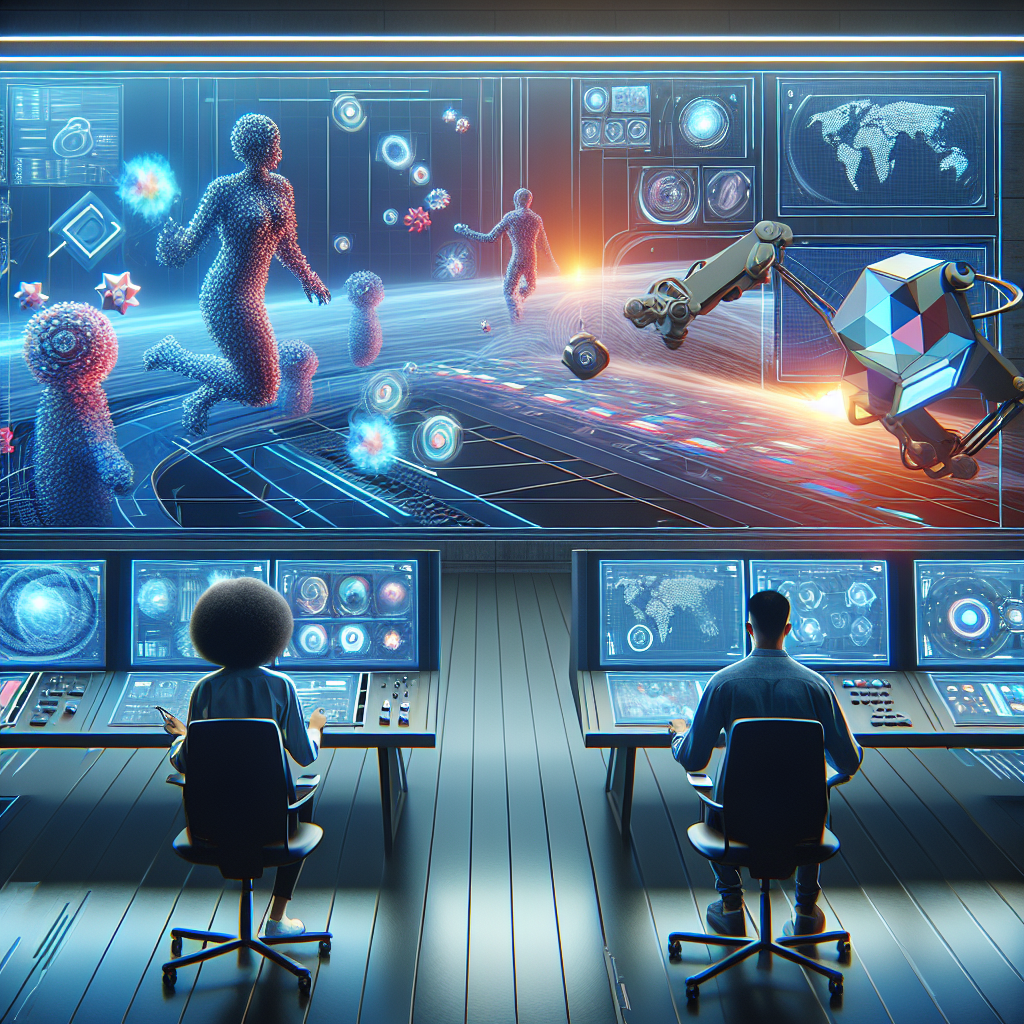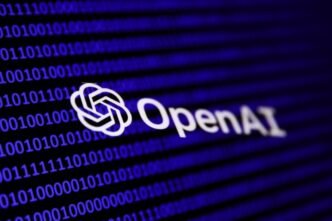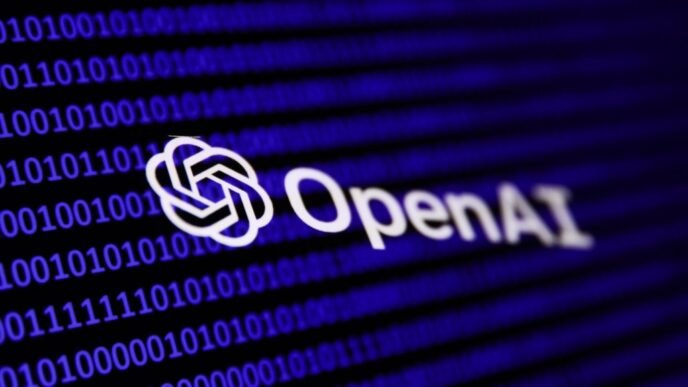I. Introduction
Artificial Intelligence (AI) has made incredible strides in various sectors and video generation is not an exception. This revolutionary technology is reshaping how videos are created, vividly exhibiting the growing influence of AI in content creation. A case in point is Google, a front-runner in AI applications, which is leveraging its AI capabilities in making video envisaging more efficient and innovative. One such notable innovation is the introduction of Veo 3, a ground-breaking video generation model that Google proudly unveiled at the Google I/O 2025 event held on May 20.
II. Google’s Use of YouTube for Training AI
Google operates the world’s largest online video platform, YouTube, making it a valuable resource for training AI models. The vast array of videos available on the platform offers a rich dataset for training algorithms, thereby enhancing the efficiency and accuracy of these models. Google specifically uses video data from YouTube to train innovative models like Gemini and Veo 3, which are significantly transforming video generation.
III. Introduction to Veo 3
Veo 3 is Google’s latest contribution to video generation, a model designed with the needs of filmmakers and content creators in mind. This exceptional model can generate 8-second videos, therefore providing unparalleled opportunities for content creators to amplify their storytelling abilities. With Veo 3, Google presents a paradigm shift in the content creation industry, by offering a tool that is capable of generating engaging and aesthetically appealing visual content.
IV. Technical Aspects of Google’s Video Generation Capability
Google’s success in video generation relies heavily on its technical competence. For instance, to generate a 3-minute video scene where the lead actor’s face doesn’t change, Google requires a staggering 90PB (Petabytes) of RAM. Nonetheless, this remarkable feat of technical prowess doesn’t come cheap. Considering the cost of the hardware required – a H100 for instance costs $30K – filmmaking using this technology can attract significant costs, making it a considerable investment.
V. Possible Implications of Google’s Mastery in Video Generation
Google’s expertise in video generation presents exciting prospects, not only for the film industry but also for other sectors. For the film industry, this can lead to the evolution of filmmaking, with AI becoming central to the production of movies. For other sectors such as marketing and advertising or even education, AI-generated video content could become a powerful tool for engagement, opening up new possibilities in these areas.
VI. Google’s Advancements in Video Generation
As we come to the end of this enlightening exploration, it is clear that Google is at the forefront of unprecedented advancements in video generation. Through the use of YouTube for training AI and the launch of the trail-blazing Veo 3, Google has shown its commitment to revolutionize the way we view and create content. With advancements like these, the future of video generation is eagerly awaited, guided by the paths Google has charted.
VII. References
Appreciation to all the sources of data and information used in creating this blog post, your contributions have made this insightful dissection of Google’s role in video generation possible.













